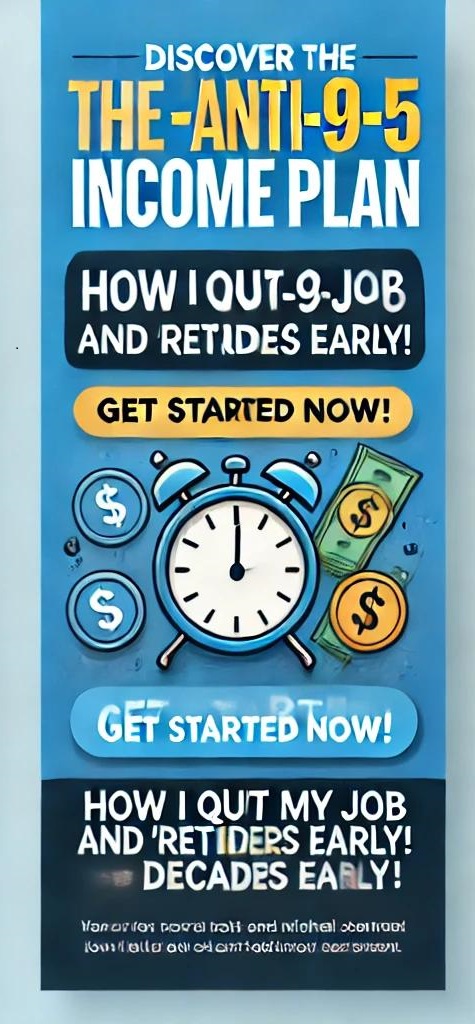Introduction:
YouTube offers advertisers immense potential to reach a broad audience with diverse content. However, within this vast landscape lies the challenge of junk traffic in YouTube —low-quality or fraudulent clicks and impressions that can undermine advertising efforts.
In this guide, we empower you with crucial indicators for detecting and addressing junk traffic in YouTube advertising campaigns. This information is not just vital, but it also puts you in control of your advertising efforts, helping you navigate the challenges of YouTube advertising and make the most of your advertising budget.
The Trouble with Junk Traffic:
So, what’s the deal with junk traffic? It’s like paying for people to see your ads, but instead, you get robots or people who couldn’t care less about what you’re offering. That’s junk traffic – and it’s a real pain for advertisers. It eats into your budget and dilutes the effectiveness of your campaigns.
Detecting Junk Traffic:
But fear not! We’ve got some simple tips to help you sniff out junk traffic before it wrecks your advertising plans.
1. Keep an Eye on Costs:
First off, watch out for unusually cheap clicks and impressions. Sure, everyone loves a bargain, but if your costs are lower than usual without any extra conversions or engagement, something fishy might be going on.
Really Cheap Traffic, Low CPCs and CPMs:
Unusually low CPCs and CPMs may indicate ads are served to low-quality or non-human traffic sources.
Actions: Review targeting settings, utilize exclusion lists, and monitor placement performance.
2. Bounce, Bounce, Bounce:
Next up, keep an eye on your bounce rate. That’s the number of people who click on your ad and then quickly leave without doing anything else. A high bounce rate could mean your ads need to hit the right audience.
High Bounce Rate:
High bounce rates suggest users quickly disengage after clicking on an ad.
Actions: Evaluate landing page experience, optimize CTAs, and experiment with ad creatives.
3. Time is of the Essence:
Check how long people stick around after clicking on your ad. If they leave in the blink of an eye, it’s a sign they’re not finding what they’re looking for—and that could mean junk traffic is at play.
Low Session Duration or Dwell Time:
Low session durations imply users spend less time engaging with content.
Actions: Improve content relevance, optimize load times, and experiment with content formats.
4. Dead Clicks, Dead Ends:
Dead clicks are the worst! These are clicks on your ad that lead absolutely nowhere. If you’re getting lots of clicks but have yet actually to check out your stuff, you might have a junk traffic problem.
Dead Clicks that Never Convert into LP Views:
Dead clicks refer to clicks that don’t result in meaningful engagement or conversions.
Actions: Implement click fraud detection, review ad placements, and optimize ad messaging.
5. Clicks vs. Views:
Last but not least, keep an eye on the numbers. If you’re seeing a bunch of clicks but hardly any views, something needs to be added up. It could mean your ads aren’t reaching real people.
Clicks Count Higher than Views:
Discrepancies between clicks and views indicate potential junk traffic.
Actions: Verify tracking setup, investigate invalid clicks, and optimize landing page experience.

Taking Action to Stop the Junk
Taking Action:
Now that you’re equipped with the knowledge to spot junk traffic, it’s time to take control. Don’t worry, brave advertiser, we’ve got your back with some practical tips to help you fight back.
1. Get Specific:
Take a good look at who you’re targeting. Are your ads reaching the right people? Narrowing down your audience can help keep the junk traffic at bay.
2. Tweak Your Tactics:
If you’re seeing high bounce rates or low session durations, it might be time to switch things up. Try different ad creatives or landing pages to see what works best.
3. Stay Vigilant:
Junk traffic in YouTube can sneak up on you when you least expect it, so it’s crucial to stay vigilant. Regular check-ups can help you proactively catch any problems before they spiral out of control, ensuring the effectiveness of your campaigns.
Conclusion:
Effectively managing junk traffic in YouTube advertising campaigns is not just a challenge, but a necessity for maximizing ROI. By vigilantly monitoring metrics such as CPCs, bounce rate, session duration, dead clicks, and click-to-view ratios, you can confidently detect and mitigate the impact of junk traffic.
These strategies, when implemented with care and consistency, ensure the success of your YouTube advertising efforts by filtering out fraudulent or low-quality traffic sources.
Junk traffic is a formidable foe. But armed with the proper knowledge and tools, you can spot it from a mile away and send it packing. By keeping an eye on your costs, watching those bounce rates, and taking swift action when needed, you can make sure your ads are reaching the right audience – and getting the attention they deserve. So go forth, brave advertiser, and conquer the world of YouTube advertising – one click at a time!





